Wolfgang Amadeus Mozart The Magic Flute, K 620
#WolfgangAmadeusMozart #TheMagicFlute #K620 #ClassicalMusic #MusicalComposition #Opera #MozartsOpera #MozartsMusic #MusicHistory #MozartsGenius #MozartsLegacy #MozartsWorks #MozartsOperas #MozartsClassicalCompositions #MozartsInfluence #MozartsMusicalStyle #MozartsArtisticVision #MozartsContributionToMusic
Publication date 1955
WILHELM STRIENZ, Bass HeEtceE ROSWAENGE, Tenor Watter GRrossMANN, Bass Ernst Fassry, Tenor Erna Bercer, Soprano Tirana Lemnitz, Soprano Hitpe ScCHEPPAN, Soprano ELFRIDE MARHERR, Soprano Rut Berctunp, Contralto Geruarp Hutscu, Baritone IrMA BEILKE, Soprano 3 HernricH TESSMER, Tenor Irma BEILKE, Soprano Carta SPLETTER, Soprano Rut Berciunp, Contralto HetnricH TESSMER, Tenor WALTER GROSSMANN, Bass
Tue Bertin PHILHARMONIC ORCHESTRA AND CHORUS
Conductor: SIR THOMAS BEECHAM, Bart.
Wolfgang Amadeus Mozart's opera The Magic Flute, K 620 is a masterpiece that showcases the composer's genius and creativity. Mozart, an influential figure in classical music, wrote many famous works that have stood the test of time, and The Magic Flute is no exception.
The Magic Flute tells the story of Tamino, a prince who sets out on a quest to rescue Pamina, the daughter of the Queen of the Night. Along his journey, he faces various trials and obstacles that test his courage and determination. The opera combines elements of fairy tales, mythological symbolism and Masonic ideals to create a unique storyline filled with love, loyalty and enlightenment.
In terms of genre and style, The Magic Flute falls under the category of Singspiel, a German form of opera that combines spoken dialogue along with musical numbers. Mozart skillfully mixes these components to create a cohesive narrative. In addition, he uses contrasting musical styles throughout the opera, from grand orchestral passages to delicate solo moments, demonstrating his mastery of various genres of classical music.
One of the notable aspects of The Magic Flute is its memorable musical themes or motifs. For example, the Queen of the Night's aria "Der Hölle Rache kocht in meinem Herzen", known for its demanding vocal range and virtuosic coloratura passages. Another important theme is Papageno's cheerful melody in "Der Vogelfänger bin ich ja,
Moreover, Mozart's use of instruments further enhances the emotional impact of each scene. The orchestral interludes are richly orchestrated with vibrant harmonies that evoke both joyful celebration and ominous foreboding. Moreover, his skillful integration of vocal lines and harmonies in ensemble pieces such as “Pa-Pa-Papagena!” or duets such as Pamina's "Ach, ich fühl's", Mozart effectively conveys the emotions of the characters and develops the narrative.
Beneath its charming surface, The Magic Flute harbors deeper themes and messages. The opera explores ideas of love, wisdom and enlightenment as Tamino embarks on a journey of self-discovery. In addition, the Masonic ideals of brotherhood, equality and moral virtue are woven into the plot.
In conclusion, Wolfgang Amadeus Mozart's The Magic Flute is an outstanding work that showcases his mastery as a composer. With a gripping storyline, varied musical elements and underlying themes of love and enlightenment, this opera continues to captivate audiences around the world. His enduring legacy in classical music speaks to Mozart's talent as a composer and his significant contributions to the art form.
You have the opportunity to support the channel:
https://destream.net/live/RadSiarAl/donate
https://www.buymeacoffee.com/6355radsiaral
-
 2:08:59
2:08:59
Gnostic Library
9 months ago💥 MOZART ❯ The Magic Flute Die Zauberfloete Karajan 🎶
31 -
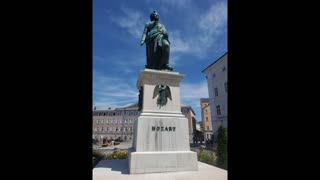 12:34
12:34
goldenflameclassic
1 year agoWolfgang Amadeus Mozart Clarinet Concerto in A major, K 622 I Allegro
9 -
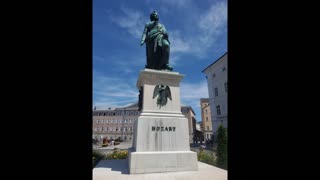 6:59
6:59
goldenflameclassic
1 year agoWolfgang Amadeus Mozart Clarinet Concerto in A major, K 622 II Adagio
13 -
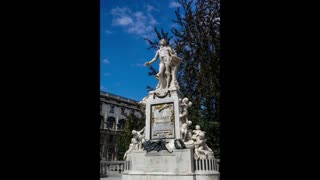 13:58
13:58
goldenflameclassic
1 year agoWolfgang Amadeus Mozart Piano Sonata no 12, K 332
4 -
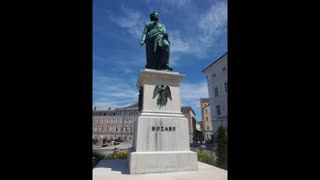 9:06
9:06
goldenflameclassic
1 year agoWolfgang Amadeus Mozart Clarinet Concerto in A major, K 622 III Rondo, Allegro
11 -
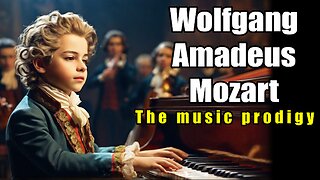 5:12
5:12
100 Historical Figures
4 months agoWolfgang Amadeus Mozart - The Music Prodigy (1756 - 1791)
41 -
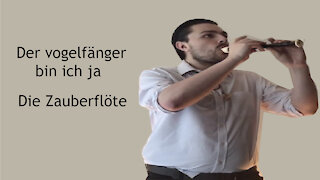 2:39
2:39
HolmesBaritone
3 years ago $0.01 earnedDer vogelfänger bin ich ja - The Magic Flute - Mozart
84 -
 29:50
29:50
Classical music_Music Inspiration
1 year agoMozart Concerto in C major KV 299 for flute, harp and orchestra
50 -
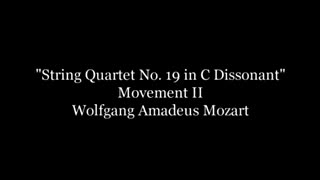 27:35
27:35
Classical Music 4 You
7 months agoWOLFGANG AMADEUS MOZART - Mozart's String Quartet No. 19 in C (Dissonance), K. 465
25 -
 7:52
7:52
goldenflameclassic
1 year agoWolfgang Amadeus Mozart Bassoon Concerto in B Flat Major, K 191 I Allegro
3